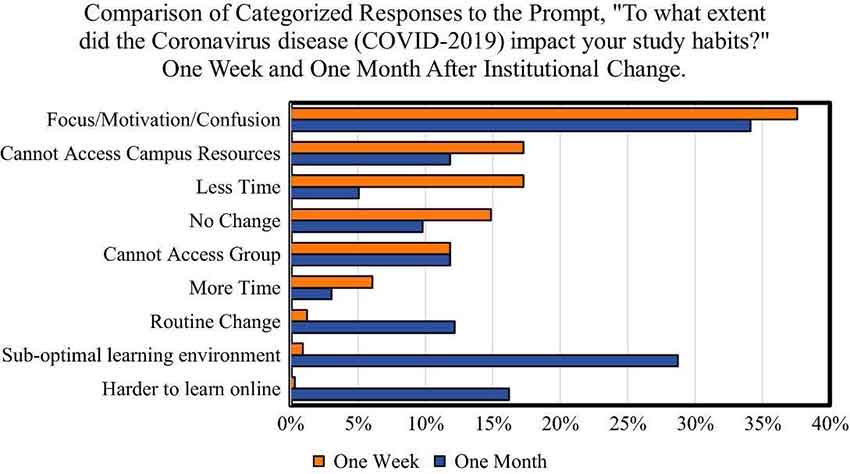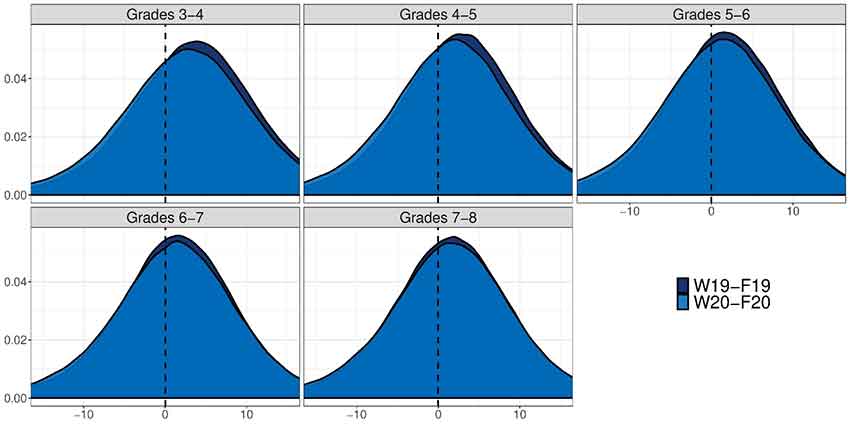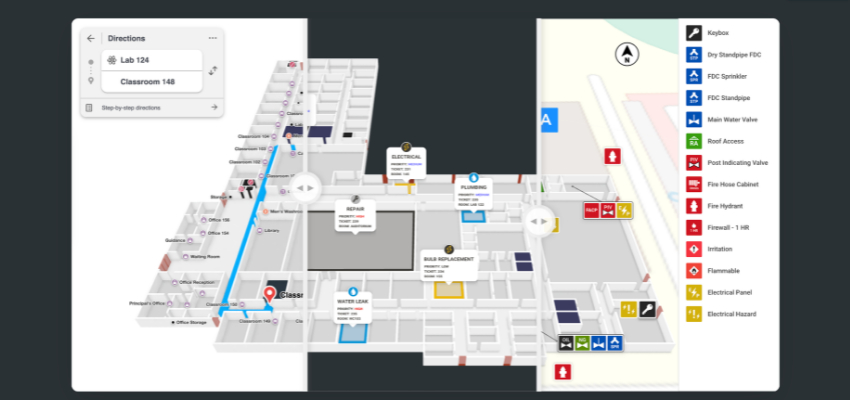Show:
How eLearning is Changing Student Habits
2020 was an outstanding year for the development of eLearning. But the fact that distance learning played such an important role in education during the pandemic isn’t surprising. After all, eLearning has been around for a while.
What is surprising is how much the pandemic has accelerated the growth of the eLearning industry. The online education market is now expected to be worth $350 billion by 2025 compared to only 18 billion in 2019.

But with such a great achievement also come a lot of challenges. And one of them is how students have been adjusting to eLearning, which is now their only option to get an education.
The problem is that, instead of an easy transition into online learning, students were forced into it, which inevitably impacted their studying habits.
How?
Let’s find out.
1. Students Now Rely on Technology More Than Ever
For many students, the beginning of the pandemic meant losing access to school and college resources, such as libraries, labs, etc. A survey confirms this statement, as about 20% of students struggled without school resources in the first week and month of the pandemic:

But as we advanced into 2020, many schools and colleges had to rapidly transfer all their learning materials online. This change and the new learning format made students more tech-savvy as a result.
Is it going to stay the same beyond the pandemic?
The prognoses are optimistic: students will continue relying on technology in the post-pandemic world. Edward Harrison, a writer and researcher for WritingUniverse, says that adaptive learning, which the current eLearning system heavily depends on, presupposes real-time interaction with educational materials, which is only possible through technology.
Even if the world returns to the “normal” life after the pandemic, eLearning and adaptive learning will keep influencing education, as more and more students will be interested in getting their degrees remotely.
2. Learners Seek Help Wherever They Can
Students have become more tech-savvy, and that’s good news. However, on the flip side, technology can’t always answer students’ questions about certain concepts. Surely, you can google anything today, but sometimes it’s too hard to understand something without teachers’ help.
The problem is that teachers don’t have time to help all the students and explain some concepts twice. In an interview with PBS, several teachers from the U.S. revealed they don’t have enough time to assist students with assignments since they have over 30 students to attend to.
Nina, a teacher from New York, also shares that teachers have to deal with the immense workload while also answering emails from parents and students at 10 p.m.:
It would be wrong to blame teachers for not helping students adjust since they have many struggles themselves. But the lack of support from educators forced students to look for help elsewhere.
As a result, students started relying a lot on sites that provide eLearning help – student forums, an essay writing website, homework help websites, eLearning platforms, or something as simple as educational videos on YouTube, where students can also ask for help in the comments.
Is this change in student learning habits good?
You might be inclined to think it’s bad that students don’t get proper help at schools and have to get help somewhere else. But think of it this way – students become better at problem-solving. Their minds become more flexible, and they learn how to think critically, which would help them succeed in the long run.
3. Students Become More Adjusted
When the pandemic started and students were forced into eLearning, there were concerns around how much their academic performance will drop. After all, many students didn’t have access to technology and studying resources, which could result in poor grades.
Yet, we’re now over a year into the pandemic, and there is no indication of a serious drop in students’ academic performance. Studies confirm it: according to Brookings, there were no significant changes in reading or math scores during the winter 2020- fall 2020 academic year compared to winter 2019 – fall 201 academic year:

As you can see from the reading scores graph, there only a small difference between the two academic years.
What does it say?
These results show that students have become more adaptable, and it matters a lot for their eLearning success and their performance in their future careers. Being able to adjust to new and unpredictable circumstances makes students more resilient and helps them learn new information faster.
Wrapping Up
What did we learn today? Has eLearning changed students’ studying habits?
Absolutely. First and foremost, students have become more tech-savvy, independent in how they solve problems related to learning, and more adjusted and resilient in general. Students have learned how to rely on themselves, and it’s a great thing about eLearning – it teaches students responsibility.
All these habitual changes show that eLearning has a positive effect on the way students study. Even though these changes might not seem good at first, they are beneficial for students in the long run.
About the author:
Michael Carr is an educator and researcher. He’s also an avid supporter of distance education and is currently writing a dissertation on this topic.

 Return to Previous Page
Return to Previous Page








